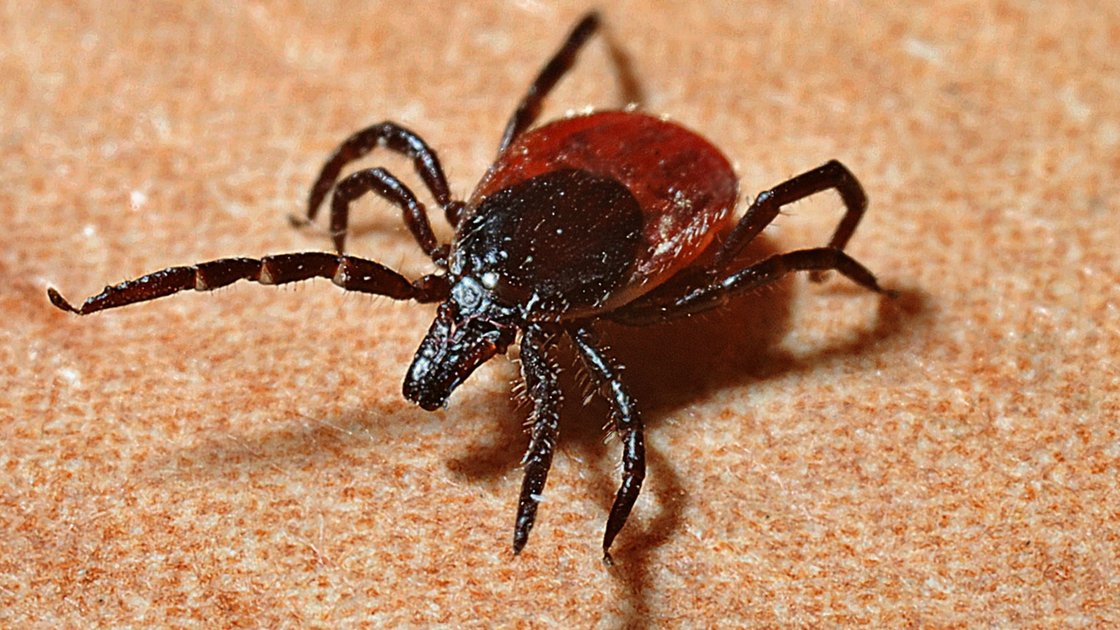Last week Governor Wolf’s administration urged Pennsylvania residents and visitors to take precautions to avoid ticks and mosquitoes when spending in the state.In 2017,11,900 cases of Lyme disease were recorded in Pennsylvania. Throughout the last several years, the state has consistently recorded one of the highest counts of suspected Lyme disease cases in the U.S.
To help combat the drastic rise in Lyme disease cases in Pennsylvania, Governor Wolf prioritized an additional $2.5 million in his 2018-19 budget to hire staff at the Department of Health to implement the recommendations of the Lyme Disease Task Force, which include building a more robust Lyme disease prevention and education program, conducting more well-rounded surveillance through activities like a statewide environmental survey, and improving participation in tick-borne disease surveillance with providers and local health departments.
“We appreciate the recognition that Lyme disease is a public health concern in Pennsylvania,” Secretary of Health Dr. Rachel Levine said. “With more recorded cases of Lyme than any other state, we are committed to taking steps to address Lyme disease in Pennsylvania. The notable increase in funding will help us accomplish this mission.
State officials noted that the first line of defense against Lyme disease and any other tick-borne illness is to avoid tick-infested habitats, such as areas dense with shrubbery or tall grass. Before heading outdoors, it is important to cover exposed skin, wear lightweight and light-colored clothing (to aid in insect detection) and use an insect repellent containing 20 percent or more DEET.
It’s recommended yo immediately check yourself, children and pets for ticks when you come in from the outdoors. Then take a shower to remove any ticks that may be attached to your skin. Carefully check your clothing and gear and put them in the dryer on high to kill any ticks.
Symptoms of Lyme disease can include a bull’s-eye rash, fever, chills, headache, fatigue, muscle and joint aches, and swollen lymph nodes. It is important to know that someone bit by a tick carrying Lyme disease may not always get a bull’s-eye rash.
If you believe you have been bitten by a tick, it is important to speak to a doctor immediately. Antibiotic treatment during the early stages of Lyme disease can help prevent the onset of more severe symptoms. If not treated promptly, Lyme disease may lead to severe health concerns affecting the heart, joints, and nervous system.

